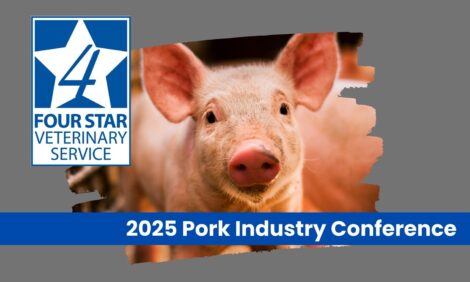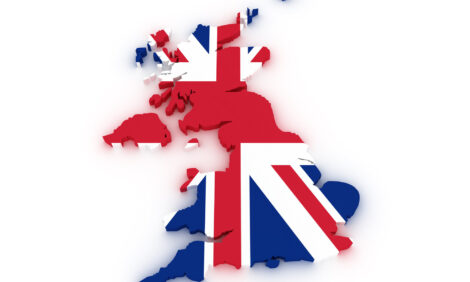



Handling and Restraining Pigs
All stockmen that handle and restrain pigs should be shown the correct techniques relevant for the size/age of the pig. Correct handling and restraining a pig will reduce the risk of injury and stress to both the pig and stockman. This Work Instruction No. 8 from BPEX offers helpful practical tips.| Equipment Required | Personal Safety |
|---|---|
|
|
Preparation
Before restraining a pig for treatment ensure:
- All the required equipment is ready to use
- The equipment is easily accessible once the pig is restrained.
Young Pigs (up to 10 kg)
Outline of work – moving piglets (by lifting them)
- Lift the pig by a back leg, taking care not to ‘snatch’ or ‘swing’ the piglet as you lift it
- Support the chest with your other hand, when moving with the piglet over any distance to avoid undue pressure on the leg joints
- Lower the piglet back to the ground, ensuring both front legs have contact with the surface
- Then gently lower the back legs to the floor and release your grip
- Only lift one piglet at a time in each hand.
Never pick a piglet up by their ear - this can cause ear haematomas - or by a front leg or tail
Outline of work - restraining/handling for inspection
- Lift the piglet by the back leg
- Place your other hand under the chest of the piglet to provide support (Figure 1)
- Lift the piglet and hold so that it is horizontal (Figure 2)
- Hold the piglet firmly to minimise the piglet’s ability to move
- Alternatively after lifting, place the piglet over your forearm with the chest in the palm of your hand and the legs hanging either side of your arm.
 Figure 1
|
 Figure 2
|
Older Pigs (over 10 kg)
Preparation
- When moving pigs, ensure the way forward is clear, secure and obvious to the pigs
- When moving pigs, ensure that the pigs are moved from dark to lighter areas with no shadows
- When restraining pigs, ensure the area will not pose a risk of injury to pig or stockman ie nonslip floor, flat sides, clear of distractions etc
- When restraining pigs ensure the required equipment for task is ready and immediately available to you in the handling area.
Outline of work – Moving growing pigs, sows and boars
- Move the pig in a calm, unhurried manner
- Allow the pig to walk to its destination at its own pace at all times
- The pig can be encouraged forward by use of a pig board and voice
- Do not kick the pigs or use sticks/prods to directly hit the pigs
- Pigs should only be encourage forward, when the way ahead of them is clear.
Certain pieces of equipment, e.g. electric goads, are banned by Assurance schemes.
Outline of work - restraint
- Ensure the area is large enough to perform the task safely, but small enough to restrict movement, e.g. at the end of a passage way or specific handling crate
- Ensure the pig cannot move forward
- Apply gentle pressure with the pig board/your leg to the hind-quarters and flank of the pig to keep them still
- Treat the pig as quickly as possible, and return to its pen promptly.
Restraining using a snare
If the task will take a long time, e.g. to lance an abscess, the use of a restraining snare or snatch may be necessary to provide adequate restraint. They should only be used when absolutely necessary, and the person snaring should be trained and competent at this activity. The snare/snatch should be designed specifically for the purpose of restraining pigs and kept clean and hygienic.
Outline of work
- Set up the area of restraint as above
- Control the pig’s movement with a pig board
- The size of the snare loop should be relevant to the size of the pig being restraint
- Place the snare loop in the mouth and over the top jaw and snout of the pig, with the snare handle held vertically in the other hand
- Move the loop as far back in the mouth as possible before tightening it
- Hold the snare securely
- A second person can then perform the required task
- Release the pig as soon as possible by smoothly loosening and releasing the snare and then return the pig to its pen
- Pigs should not be restrained by snatching for prolonged periods.
- Do not attempt to move the pig by pulling the pig by the snare
- Pigs should not be tied up by the snare.
Reference documents
Code of Recommendations for the Welfare of Livestock: Pigs, Defra
November 2008






